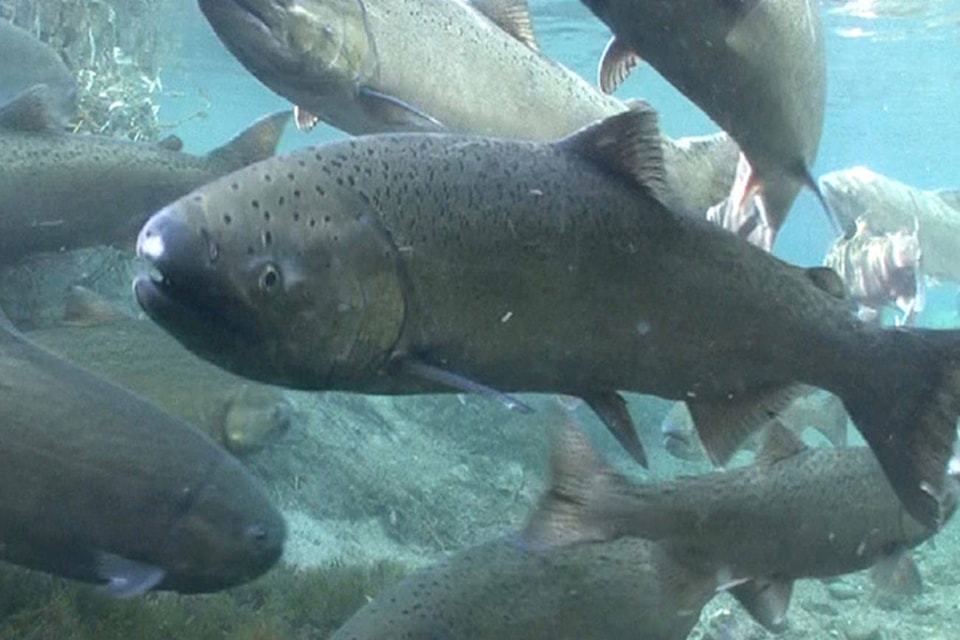The Katzie First Nation has been given a $150,000 grant to restore the Upper Pitt River’s Blue Creek habitat, to bring back thousands of chinook salmon.
The area provides a healthy ecosystem for local wildlife and communities, and is the traditional territory of the Katzie, said a press release from World Wildlife Fund Canada who offered the grant.
“The Upper Pitt River’s Blue Creek has been home to Katzie First Nation since time immemorial and is a crucial reproductive hot spot for the Upper Pitt chinook salmon,” said the release. “Due to decades of intense fishery pressures and poor land-use practices, this traditional spawning ground has been damaged. Chinook salmon have declined as a result, with spawner numbers decreasing from 3,500 in the 1960s, to as low as 75 in 2018.”
The Katzie First Nation, a member on the Lower Fraser Fisheries Alliance, plans to recover this crucial habitat by removing in-stream barriers caused by a recent landslide and build rock and log fortifications to protect spawning beds. These changes are intended to restore fish migration, ecosystem connectivity and water flow into neighbouring channels that support a variety of species including chinook, coho and endangered steelhead trout.
“Our longstanding relationship with nature focuses around the Pitt and Fraser Rivers and we have always focused on salmon as a sacred animal and focal point to our culture,” said Rick Bailey, Katzie First Nation councillor. “Salmon are more than fish, they are our family. We hope to protect future generations of species and British Columbians through this important work.”
READ ALSO: Time of essence as Fraser River slide blocks spawning salmon, feds say
The WWF-Canada Restoration Fund supports projects that aim to improve the health of Canada’s freshwater ecosystems through direct, on-the-ground initiatives.
“The Restoration Fund helps local organizations improve habitat for species at risk and people in highly stressed freshwater ecosystems,” said Elizabeth Hendriks, WWF-Canada’s vice-president of freshwater conservation.
“This project is a great example of local communities working towards healthy freshwater ecosystems that benefit wildlife and people that depend on it for their survival.”
ncorbett@mapleridgenews.com
Like us on Facebook and follow us on Twitter
